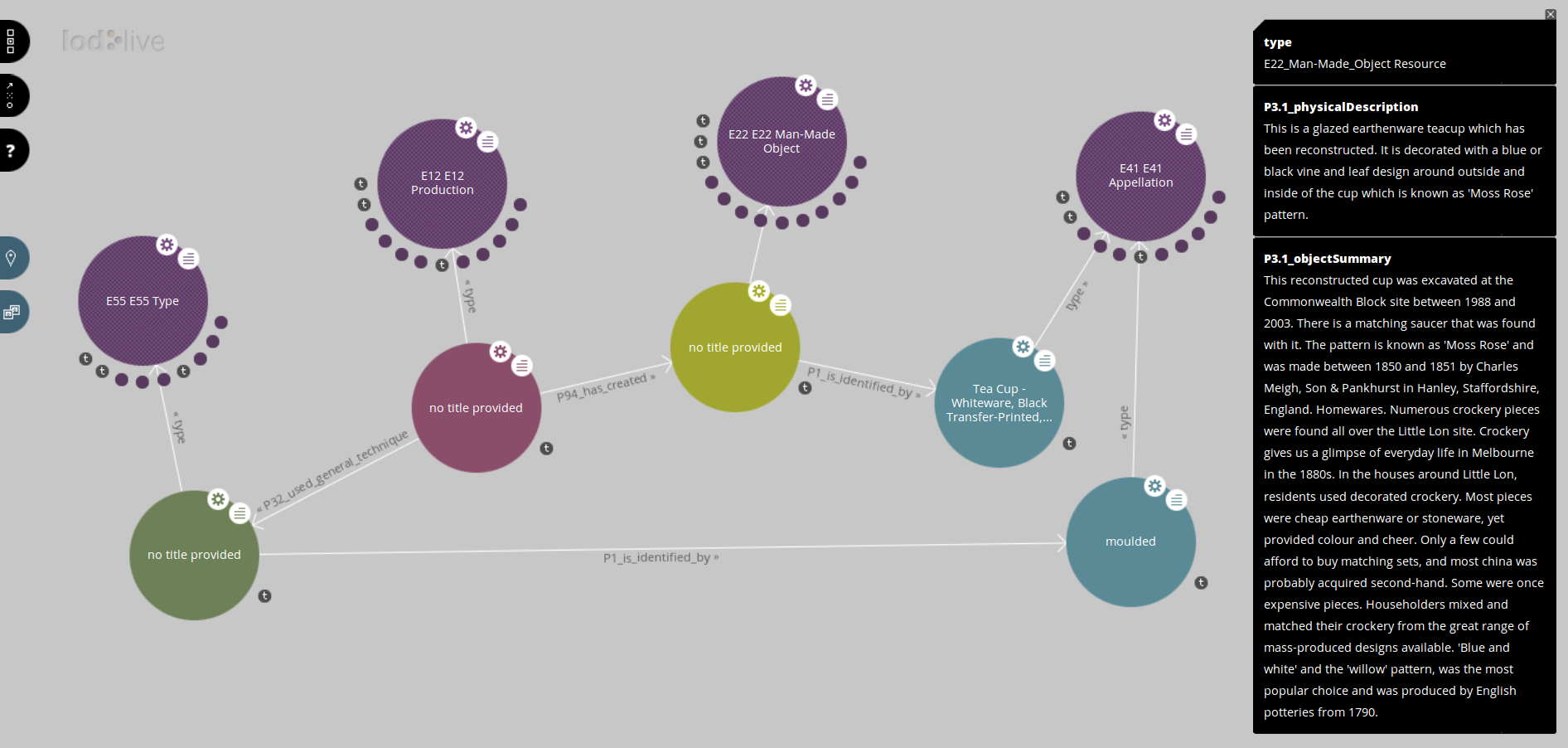On Thursday last week I flew to Perth, in Western Australia, to speak at an event at Curtin University on visualisation of cultural heritage. Erik Champion, Professor of Cultural Visualisation, who organised the event, had asked me to talk about digital heritage collections and Linked Open Data (“LOD”).
The one-day event was entitled “GLAM VR: talks on Digital heritage, scholarly making & experiential media”, and combined presentations and workshops on cultural heritage data (GLAM = Galleries, Libraries, Archives, and Museums) with advanced visualisation technology (VR = Virtual Reality).
The venue was the Curtin HIVE (Hub for Immersive Visualisation and eResearch); a really impressive visualisation facility at Curtin University, with huge screens and panoramic and 3d displays.
There were about 50 people in attendance, and there would have been over a dozen different presenters, covering a lot of different topics, though with common threads linking them together. I really enjoyed the experience, and learned a lot. I won’t go into the detail of the other presentations, here, but quite a few people were live-tweeting, and I’ve collected most of the Twitter stream from the day into a Storify story, which is well worth a read and following up.
Continue reading Linked Open Data Visualisation at #GLAMVR16
